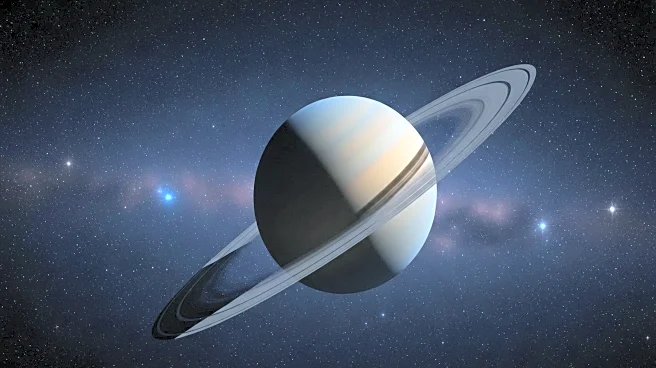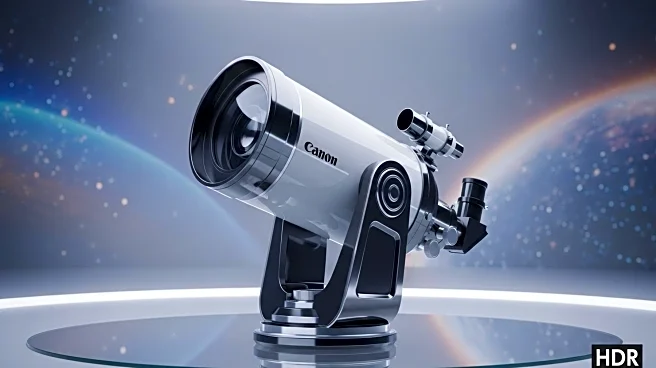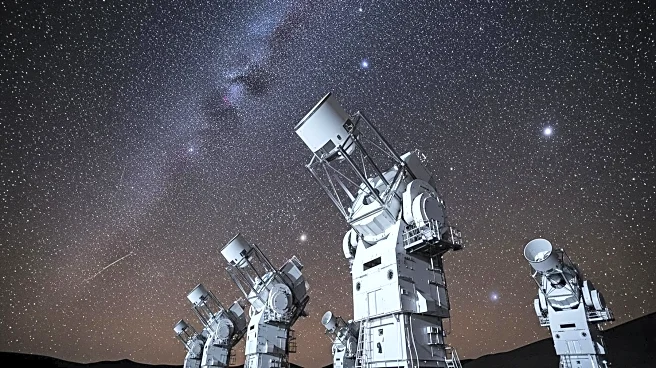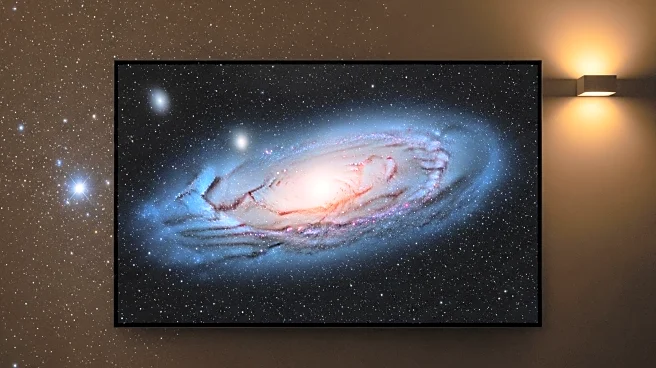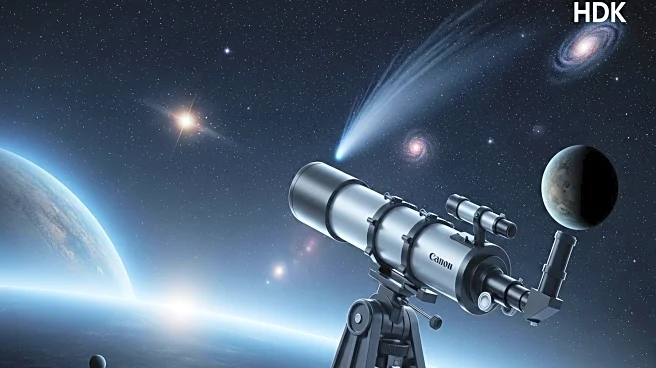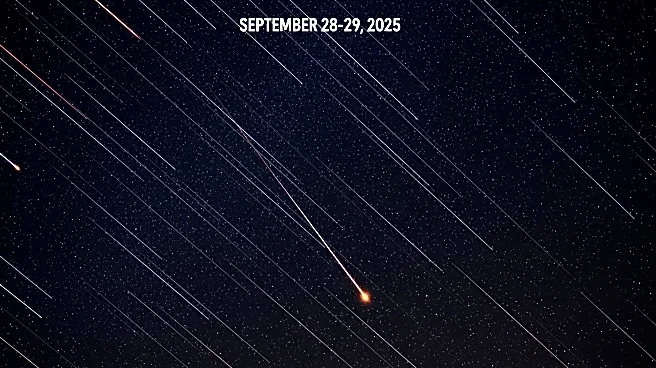What's Happening?
Cell phones have become powerful tools for astronomy enthusiasts, allowing users to capture celestial events with greater clarity and color than the naked eye. Modern smartphones are equipped with fast lenses and long exposure capabilities, making them suitable for photographing astronomical phenomena such as lunar eclipses and meteor showers. Despite the limitations of cameras compared to direct telescope views, cell phones can reveal details and colors not visible to the human eye, such as the green hue of auroras. This accessibility has democratized astronomy, enabling more people to engage with and document the night sky.
Why It's Important?
The ability to use cell phones for astronomy has broadened public participation in stargazing and celestial observation. This accessibility encourages interest in science and technology, fostering a greater appreciation for the universe. It also allows for the documentation and sharing of astronomical events, contributing to citizen science and public awareness. As technology continues to advance, the potential for mobile devices to enhance astronomical observation and education will likely grow, making astronomy more inclusive and engaging for a wider audience.
Beyond the Headlines
The use of cell phones in astronomy highlights the intersection of technology and science education. It raises questions about the role of technology in enhancing or detracting from the authentic experience of observing the night sky. While mobile devices offer convenience and accessibility, they also challenge traditional methods of astronomical observation, prompting discussions about the future of amateur astronomy and the preservation of dark skies in an increasingly digital world.




